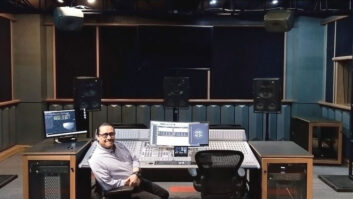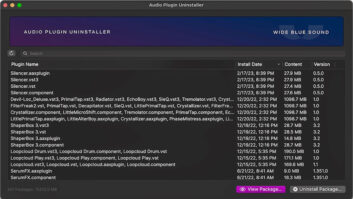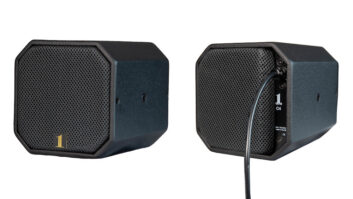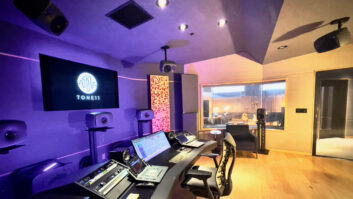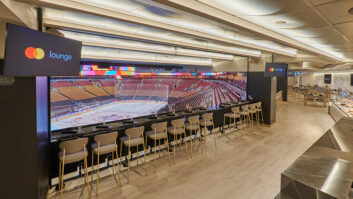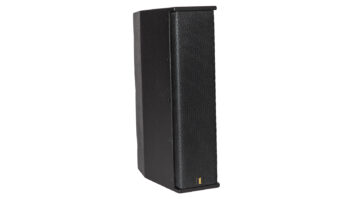
Looking to the future of the pro audio industry, the Nashville-based Music Engineering & Technology Alliance (METAlliance)-a group of award-winning engineers, producers and manufacturer partners dedicated to establishing and promoting quality in the recording arts and consumer music delivery-is reaching out to colleges and universities. METAlliance is offering a special summit and networking opportunity for educators from the U.S. and abroad on Wednesday, October 1, 2008 at the San Francisco Conservatory of Music, beginning at 10 a.m. Pacific.
One day prior to the start of the 125th AES Convention at San Francisco’s Moscone Center, METAlliance members will discuss educators’ methods and the challenges they face in demonstrating and teaching audio excellence. The summit also includes a critical listening session along with a discussion about teaching critical listening.
“Nobody’s saying, ‘Here’s how you piece together a music recording curriculum.’ So we should get together and talk about what the curriculum looks like at different schools, and just see what the best experience is out there,” states producer/engineer and educator George Massenburg, who is on the METAlliance Board of Directors along with Chuck Ainlay, Ed Cherney, Frank Filipetti, Phil Ramone, Elliot Scheiner and Al Schmitt. “A couple of years ago, Wes Bulla at Belmont [University in Nashville] hosted an educators’ conference, and for the first time he pulled out music educators and said, ‘Well, evidently many of you have started recording programs. What are you doing? What criteria do you apply to rooms and techniques and gear?’ And it was good to hear this.”
“We are working closely with the academic community to encourage and promote continued progress in the art and science of audio technology,” explains METAlliance’s director of business affairs, Jim Pace. “Educators who strive to elevate audio consciousness in the academic community deserve recognition and support. Today’s students will be tomorrow’s engineers, producers and technology designers.”
Representatives from New York University, Berklee College of Music, University of Massachusetts Lowell, University of Michigan, Webster University, Belmont University, McGill University and the University of Southern California (USC) are scheduled to attend. Additionally, educators from Mexico, South America and Europe are also expected to attend.

USC Associate Professor Richard McIlvery
Photo: David Goggin
“We’re all looking forward to meeting our educational counterparts from across America and around the world,” says Richard McIlvery, Associate Professor and Chair of the Music Industry Department at USC’s Thornton School of Music. “This first conference is a much-needed forum for us to have a direct interface with the pro audio manufacturing community and the METAlliance engineers and producers. I think we are all going to learn something new at this gathering.”
Massenburg says that the METAlliance believes that educators and professionals must begin to collectively address the quality of today’s music production. “It’s really great that everybody has a home recording system, a DAW, but we need to somehow differentiate-maybe ‘stratify’ is a better word-quality work,” he says. “And the only way to do that is start talking about how to compare quality work. The only way to talk about how to compare quality work is get together and decide what is quality work. So, this educator summit is as much listening as instructing. I think we’d like to simply offer up some ideas, and take down some ideas.
“When Mark Wessell [of Berklee College of Music] does critical listening, what materials does he play? What do the rest of us think about it? It’s not only Steely Dan, if I may. What are we listening to, and what are we listening for? And breaking down, if we can, how all these different programs are teaching ear training. Breaking down critical listening to how are we preparing our listening rooms, what kind of equipment, how do you set it up, how do you verify performance in your critical listening spaces. Do you have a real critical listening space outside your recording studio, your teaching studio? What does that teaching studio look like? Do we necessarily have to have analog recording to make great recordings?
“A lot of these schools are up in the air about what to teach,” Massenburg continues. “What are people doing in the real world? I’m immersed in the very edge of modern recording, and I’m thinking that we have some ideas to share. We’re not here to worship the old days. It’s a new world, and it’s going to require all of us in the professional recording business to understand that everybody will have access to tools that we had to beg for when we were coming up. This access can only improve the access to that genius out there who has something to say musically, and wouldn’t ordinarily find himself in a recording school. Give everybody a voice.
“Records used to be a one-to-many paradigm controlled by a gatekeeper, the record company, and the gatekeeper would decide what everybody would be capable of responding to. Now it’s a many-to-many [paradigm], and you get to put your thing up on MySpace, Facebook or YouTube, and understand better by direct feedback what you’re doing. I think we want to enforce that; I think that’s a world of new opportunity.”
Interested educators can provide their contact information on METAlliance’s contact page.
For more information on METAlliance, visit www.metalliance.com, METAlliance Announces Pro Partnership Program, METAlliance Goes Pro and Get Involved!

